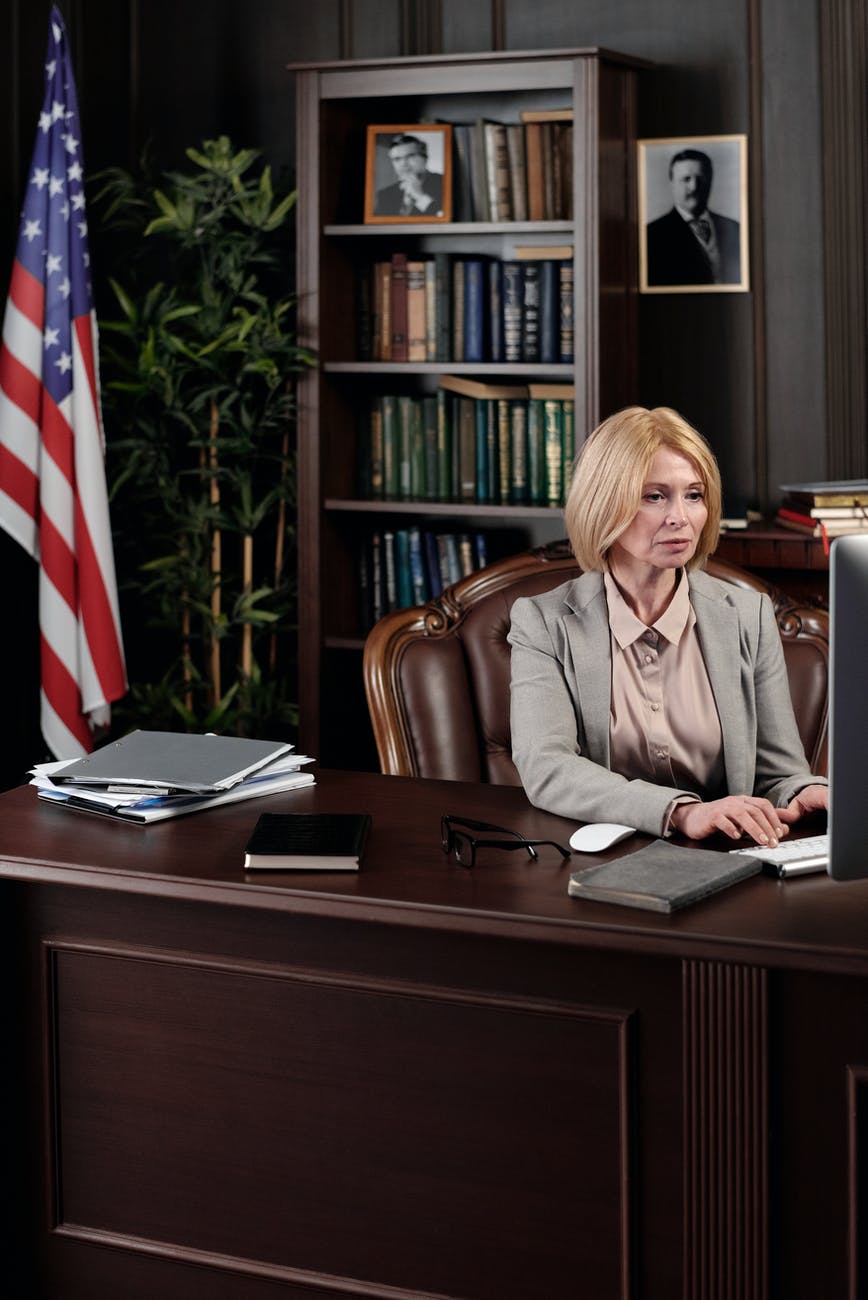Physical Wellness
Study: Harry Potter Boosts Creativity
The majority of parents dislike the idea of their kids sticking to the idiot box for long hours watching their favorite cartoons and movies. Now a study is saying that the stuff your kids watch may not always be harmful. On the contrary, some can help awaken the hidden creativity in him
Researchers in Lancaster University's Psychology Department agree that watching films with magical content like Harry Potter enhances children's creativity.
Through their study, Dr Eugene Subbotsky, Claire Hysted and Nicola Jones made their first attempt to systematically examine the educational benefits of exposing children to magical content.
The study reached the conclusion that beyond the entertainment purpose, magical thinking should be given value as "an additional source of development of imagination and divergent thinking in children."
The results show that books and videos about magic like witches, Santa Claus, the Easter bunny, tooth fairy and wizards might serve to expand children's imagination and help them to think more creatively, at least in younger children.
An experiment was conducted with about 52 children aged between four and six to check a possible connection between magical thinking and creativity in preschool children,
Two groups were created with one watching a magical film and the other non-magical. They were made to watch two 15-minute clips from "Harry Potter" and "The Philosopher's Stone."
The magical film contained animals talking, and witches and wizards using wands, performing magic spells and flying on broomsticks. The same characters without any supernatural powers were used in the non-magical film.
The findings supported the theory that magical thinking helps in boosting creative imagination. Magical thinking could include supernatural events or operations like flying on a broomstick, a person transformed into an animal and animals talking in human languages.
To assess the children's creativity, "Torrance's (1981) Thinking Creatively in Action and Movement Test" was used. The experiment comprised activities with plastic cups and waste paper bins.
One activity involved the kids in different situations like pretending themselves to be rabbits or driving a car. Children were also asked to complete six drawings of nonexistent objects.
Compared to others, the children who were exposed to magical content performed better.
"Magical thinking enables children to create fantastic imaginary worlds, and in this way enhances children's capacity to view the world and act upon it from multiple perspectives," the researchers concluded.
Source:www.momisbest.com









Join the Conversation